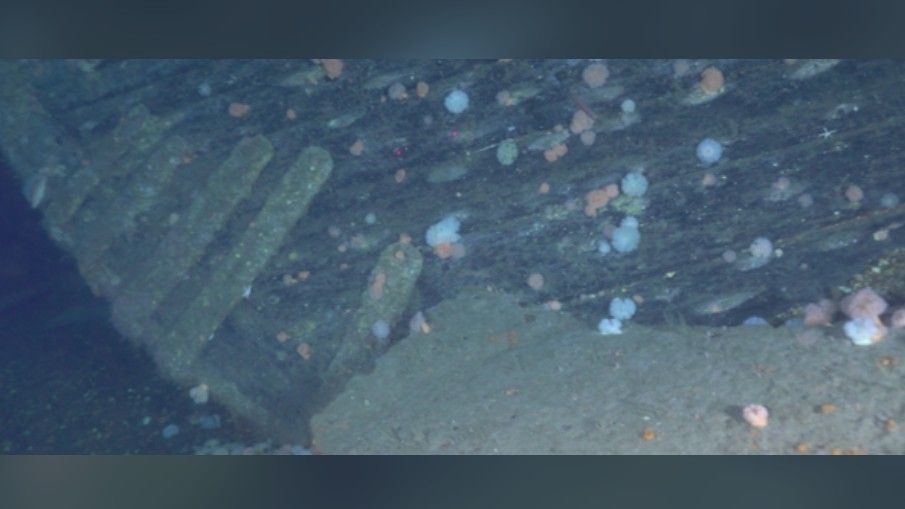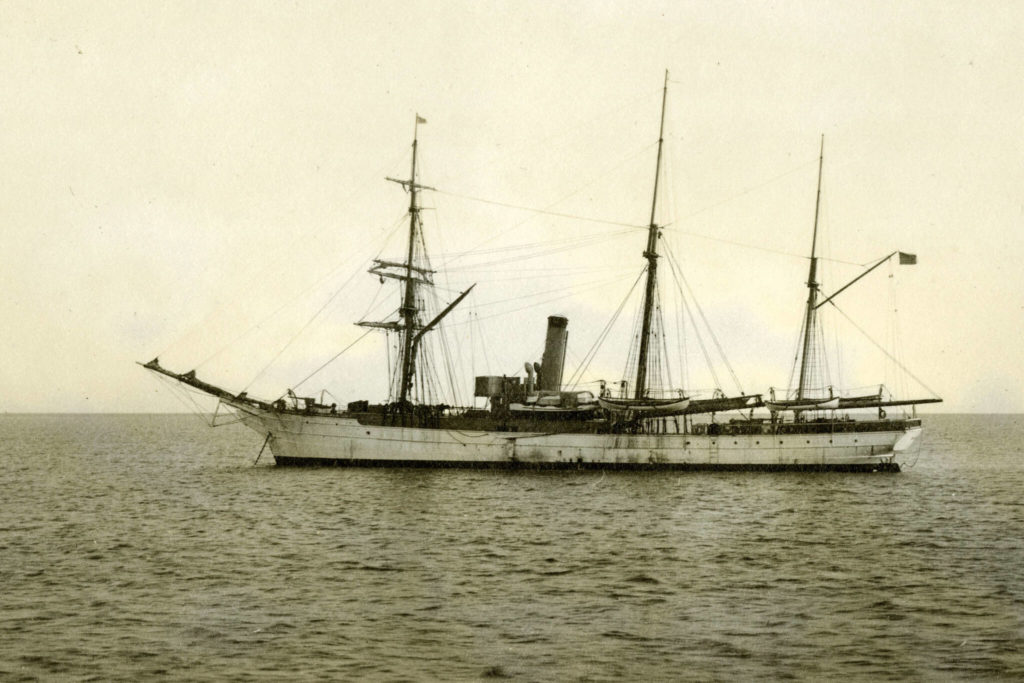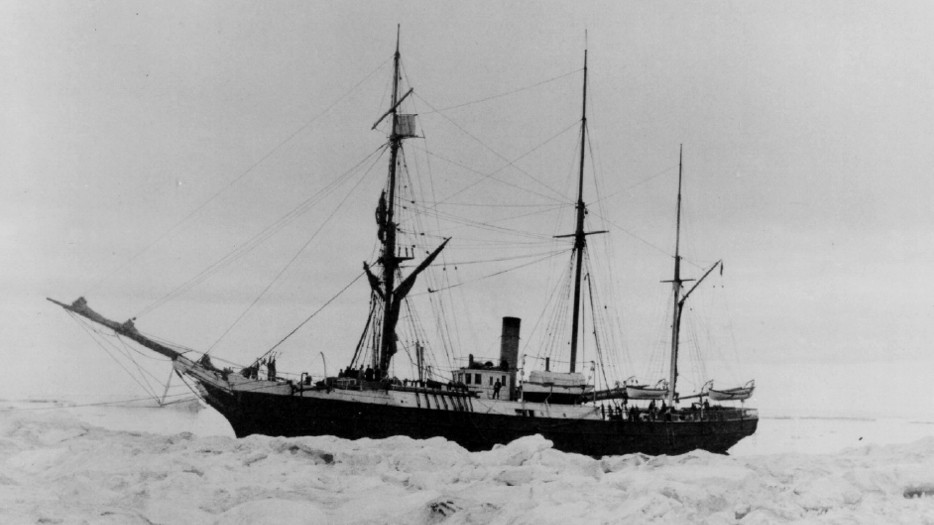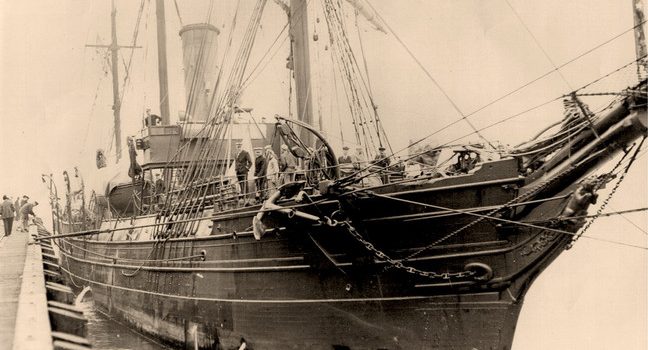A shipwreck of the US Revenue Cutter Bear, which contributed in seizing Nazi spy vessels, has been found by marine scientists.
The wreckage of the USS Revenue Bear was discovered in Canadian seas beneath the Atlantic Ocean by American scientists. The steam and sail-powered ship, purchased by the US government in the 1880s, was employed at sea for at least 88 years and was involved in a rescue near the Arctic Circle.
Furthermore, it also served as a Hollywood film set, Water Museum, and Admiral Richard Byrd’s Antarctic expedition ship during the 1918-1919 Spanish flu outbreak. The Revenue Bear was upgraded for Arctic patrols by the US Coastguard during WWII.

It assisted in the capture of the Nazi-controlled trawler Busk, a Norwegian vessel for collecting meteorological reports, in 1941. The Revenue Bear was decommissioned in 1944 and detained at the Halifax port. Later, in 1963, it sank somewhere south of Nova Scotia and east of Boston due to a storm.
A group of people began looking for bears in the late 1970s, including Harold Eusington at the Massachusetts Institute of Technology. He invented a side-scan sonar, a technique for detecting and photographing objects on the seafloor. In 1979, the group tried a new scan technique, but unfortunately, no shipwrecks were found. Perhaps, the towed vessel recorded the sinking’s location incorrectly.
In 2007, a second survey was conducted by the secret Navy submarine, the nuclear-powered NR-1, but it was equally unsuccessful. In 2019, in collaboration with experts from the US National Oceanic and Atmospheric Administration, the US Coast Guard began researching the seafloor surrounding the Revenue Bear’s likely resting location (NOAA).
Last month, remote underwater vehicles equipped with videography equipment discovered the wreckage.

The highly damaged wreck is now at a depth of 90 nautical miles in Canadian waters, some 167 kilometres south of Cape Sable in Nova Scotia. Mr Barr stated that the particular position is being kept hidden to deter divers from reaching it.
The trawler nets and high tides on the seabed have gravely destroyed the old wooden hull. But, according to Barr, experts have detected several bear characteristics, such as “bow staples” that have strengthened the hull to let the ship handle heavy ice in the northern waters.
The bear had three masts for sailing. However, it served as a sealer in the 1870s after being built as a steamship. A diesel engine replaced the steam engine after the boiler was removed and reconditioned for Antarctic service with Bird in the 1930s. Therefore, according to Barr, some metal elements, such as sailing technology, can be found in the wreckage’s remnant wood.
“There is a pile of metal rubble with dead eyes [a fixed wooden pulley]. “These dead eyes have been around since the 1700s but have been used by bears to attach standing rigs,” he said.
The bear was a participant of the 1884 rescue fleet for the Greeley expedition to the Arctic Circle, later lost in 1881 Green to the northwest of Ellesmere Island. Unfortunately, some members of the group died of famine and illness before the bear saved Greeley.

After several years as a government revenue cutter in the Arctic Ocean, Bears was transferred to the Navy. The abandoned ship was later moved to Oakland, California, in 1929. It then became the Water Museum and the film set for the 1930 movie The Sea Wolf.
During WWII, the bear was deployed to an Arctic patrol and captured Busco. On the other hand, the majority remained in Halifax until their final voyage to Philadelphia in 1963. In Philadelphia, it was meant to become a floating restaurant.
“These are incredibly compelling stories,” Barr said. “When you read the details of what the bear did, the number of lives it saved, and the number of incredible missions it performed, it’s really the kind of history people need to know.”
Barr has compiled years of historical research to honour the finding. “One of the reasons we wanted to find it is because we can tell all these stories,” he said


